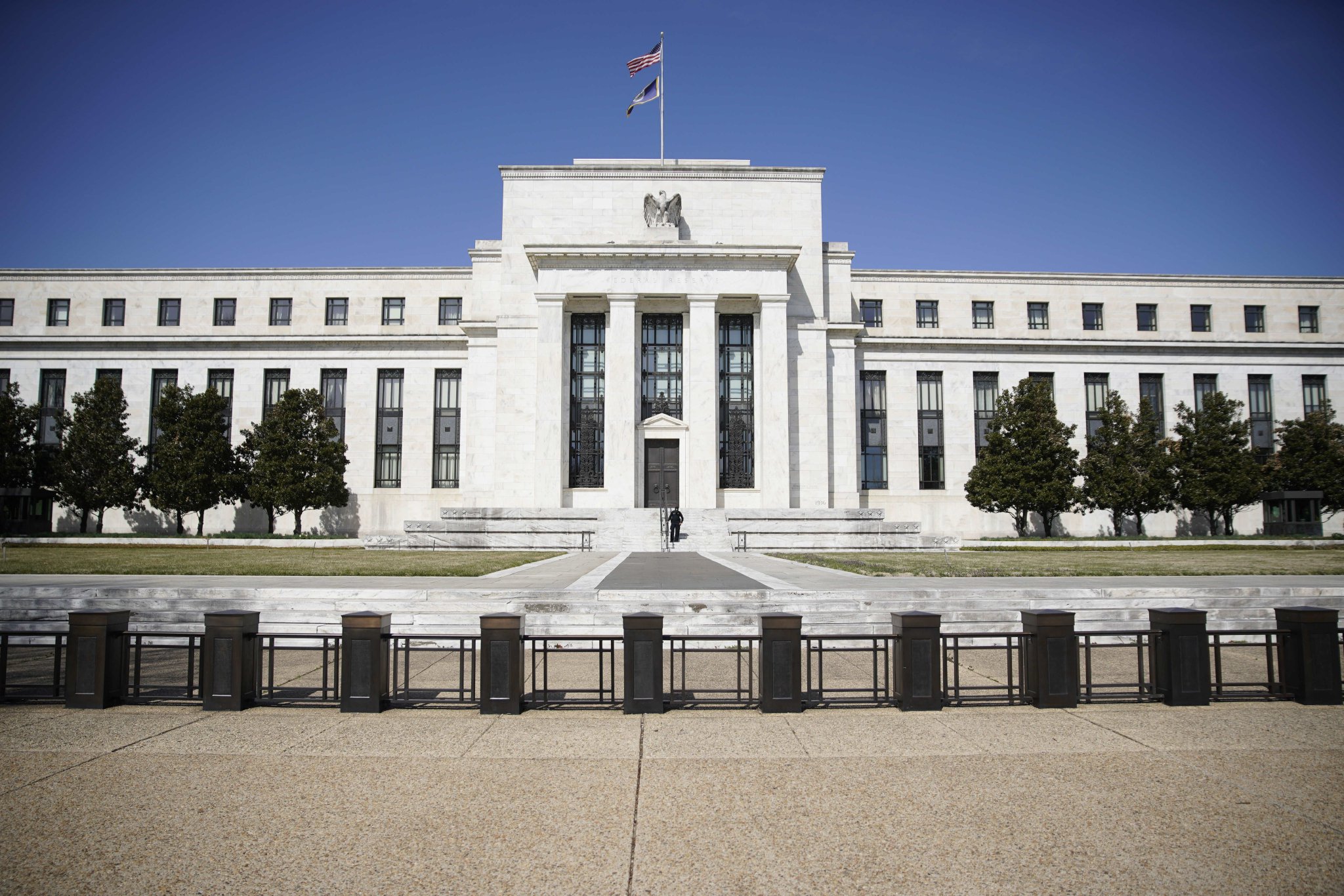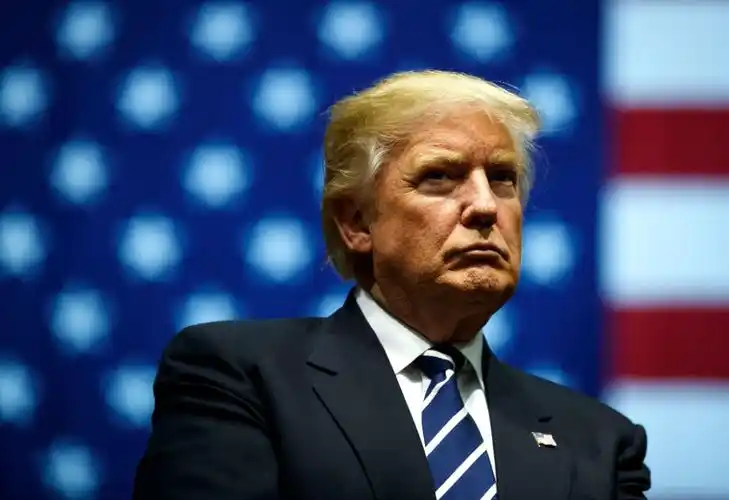As the federal government shutdown enters its second week, its consequences are beginning to emerge.
This week, more than 250,000 federal employees failed to receive their salaries on time. If the deadlock persists into the third week, it is estimated that another 2 million people will lose their wages. Some air traffic controllers who have not been paid have taken sick leave, causing flight delays. Suppliers’ invoices are piling up. The regional economy of Washington D.C. is already on the verge of collapse and recession, and the loss of income and job security has brought about spillover effects.
Even things that federal workers on furlough once took for granted, such as returning to work and getting paid after the government shutdown ends, now seem uncertain.
A draft legal memo from the White House Office of Management and Budget contends that back pay is not automatic – a move that upends a four-decade-old precedent and challenges a 2019 law mandating automatic wage payments. President Donald Trump went further, saying some workers “don’t deserve to be taken care of.”
House Speaker Mike Johnson said he has not yet reviewed a proposal from the White House Office of Management and Budget that would withhold the pay of federal workers on furlough during a shutdown. The controversial plan has been criticized for violating the law.
“I have always believed that the law requires workers on leave to be paid back. Of course, this has become a tradition. I’m not sure exactly what the president meant,” Johnson said in an interview with Bloomberg Television on Wednesday.
“I’ve been so busy with this that I haven’t had a chance to look into it deeply,” he added, referring to the work stoppage that had lasted until the eighth day.
The government is still considering staff cuts and the cancellation of federal grants, measures that would turn a temporary funding disruption into lasting job and service losses.
Trump said earlier Wednesday at the White House that “most” federal workers would receive back pay, but suggested that not all would be compensated.
During the government shutdown, Johnson kept the members of the House of Representatives away from the Capitol, saying that the Senate’s responsibility was to approve the temporary appropriation bill passed by the House. He said that since his meeting with Trump, Vice President J.D. Vance and other congressional leaders in the Oval Office last Monday, he had not met with Senate Democratic leader Chuck Schumer.
What began as a funding impasse in Washington has now become a regular occurrence with little substantive impact, but it has now become a national focus. Federal workers are bearing the brunt of it. Other parts of the country may follow suit. Economists warn that a government shutdown lasting a week would cost the GDP about one-tenth of a percentage point.
The Democrats, who are the minority in both the House of Representatives and the Senate, have taken advantage of this rare legislative edge to refuse to fund the government unless the Republicans extend the deadline for Obamacare, which would otherwise leave millions of people without health care. But the Democrats’ refusal to budge has also sparked a larger debate over Trump’s unprecedented unilateral spending actions, which clearly violate the powers granted to Congress by the US Constitution and have thus been challenged in court. Meanwhile, the Trump administration has been threatening to use this struggle to advance its agenda of downsizing the federal workforce.
If the shutdown persists beyond mid-October, the Federal Reserve may lack data such as the consumer price index and employment reports, forcing it to act blindly at the meetings in late October and December. Uncertainty will prompt the Federal Reserve to cut interest rates by another 25 basis points as a “precautionary measure”.


